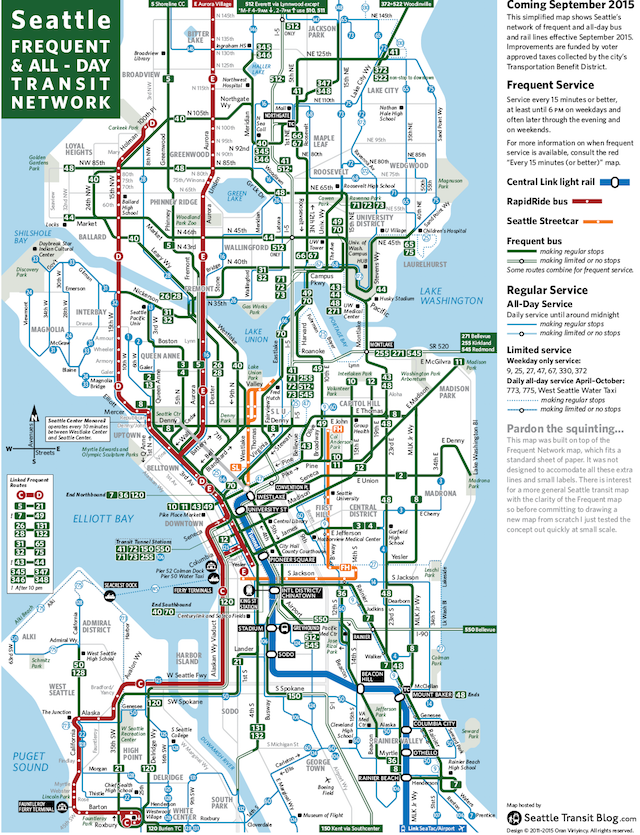
On the topic of proximity to frequent service, the agency says 75 percent of jobs that are near service will be near either a 15- or 30-minute route, and 68 percent of residents who are near service will be near either a 15- or 30-minute route, as will 77 percent of low-income residents and 79 percent of People of Color.īased on the project’s Title VI analysis, there will be an increase of 53 percent in Summit County residents who are within 45 minutes of the median number of jobs. The changes will be rolled out on June 4 and will include five new high frequency corridors, three new 30-minute routes added to the existing five, expanded weekend service and regional connections to Kent, Brimfield and Cuyahoga County.Īkron Metro says 97 percent of existing boardings will be within a quarter mile of service on the new network, and 63 percent of existing boardings will be within a quarter mile of a frequency stop on the new network.

The plan boosts frequency and connects residents to jobs, medical centers and shopping. Outside of focus groups, informational tables and targeted public outreach, Metro has also worked with stakeholders and appointing authorities to ensure this plan will provide fair and equitable transportation for our community.” “Board members were updated monthly and were provided with an in-depth analysis to review before casting the March 28 vote. “Metro team members have worked diligently on this project to improve public transit across our region,” said Robert DeJournett, Akron Metro Board present. Metrobus vehicles are designed to be accessible for all passengers with spacious entrances and exits, low floors and wide corridors and there is also more leg room than a regular bus.The Akron Metro Regional Transit Authority (Akron Metro) Board of Trustees approved the agency’s Reimagined Network on March 28 that will provide frequent bus service to high ridership corridors.Īkron Metro has been working on the Reimagined Network plan since 2021 and conducted three rounds of public outreach, incorporating changed based on public input before a final plan was presented to the board.

The twin doors also make it quicker and easier for people to get on and off, especially those with reduced mobility and parents with pushchairs. The latest generation of Euro 6 buses emit 95 per cent fewer nitrogen oxide emissions than the previous generation of buses.Īll of this means that metrobus is helping to significantly improve air quality and reduce carbon emissions in the Bristol area.Īll metrobus vehicles have twin doors which speed up journey times by minimising the time spent at stops. A Euro 6 engine emits fewer emissions than the average diesel Euro 6 car despite having up to 20 times more capacity. Metrobus services use a combination of high quality and environmentally-friendly Euro 6 diesel and biogas vehicles.


 0 kommentar(er)
0 kommentar(er)
